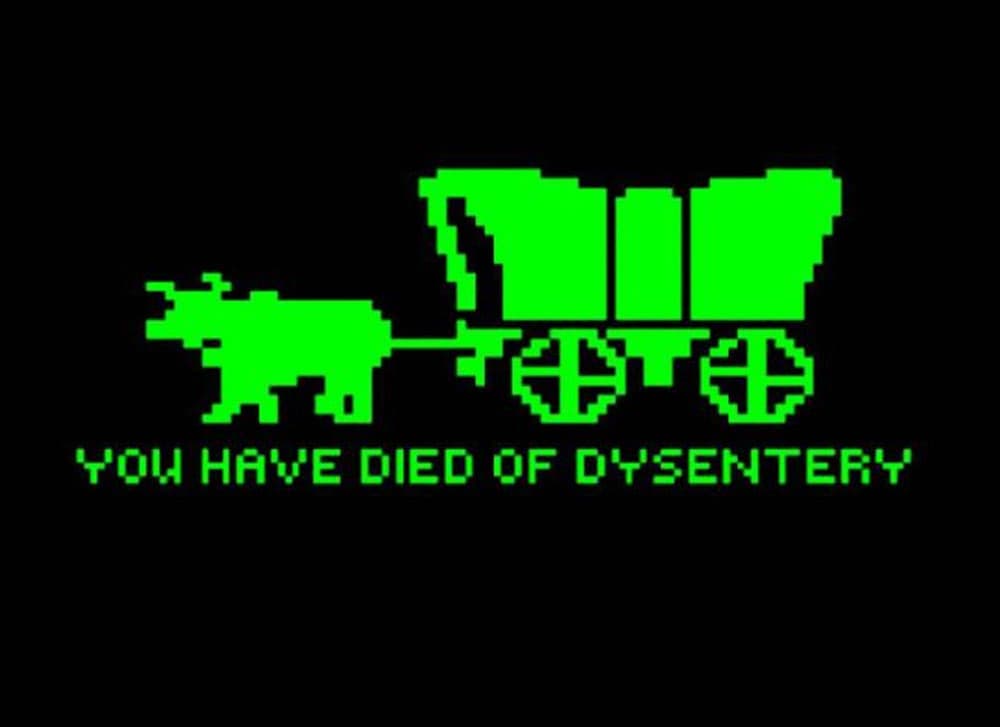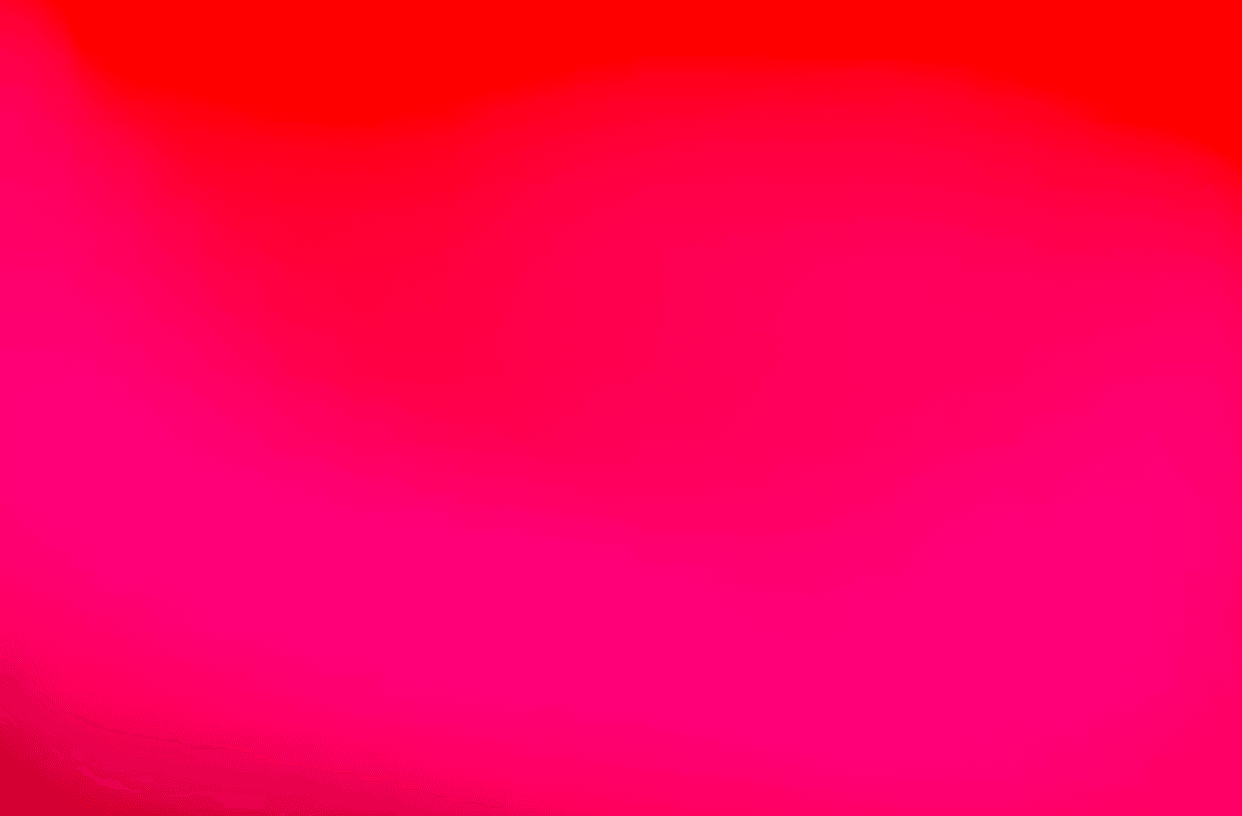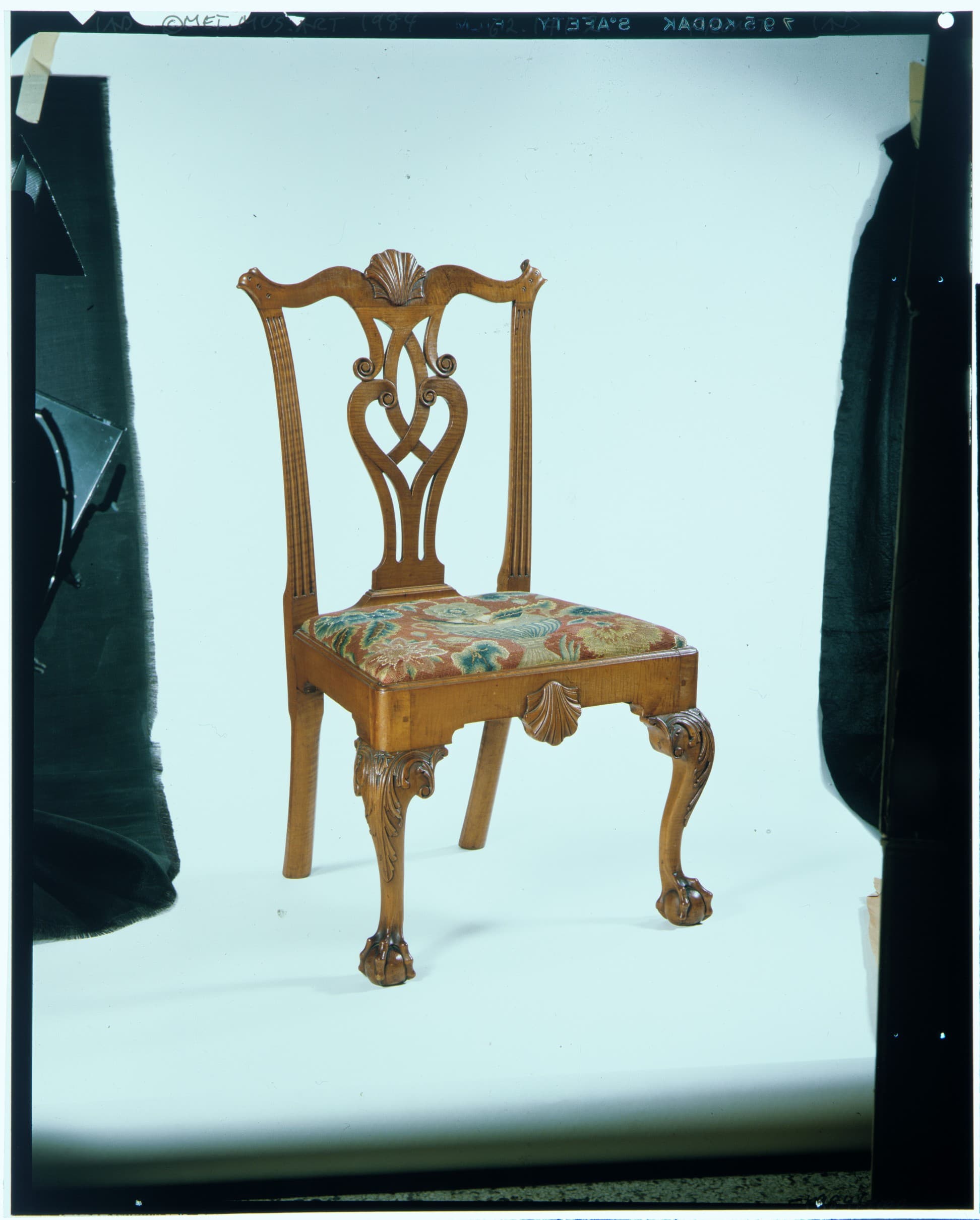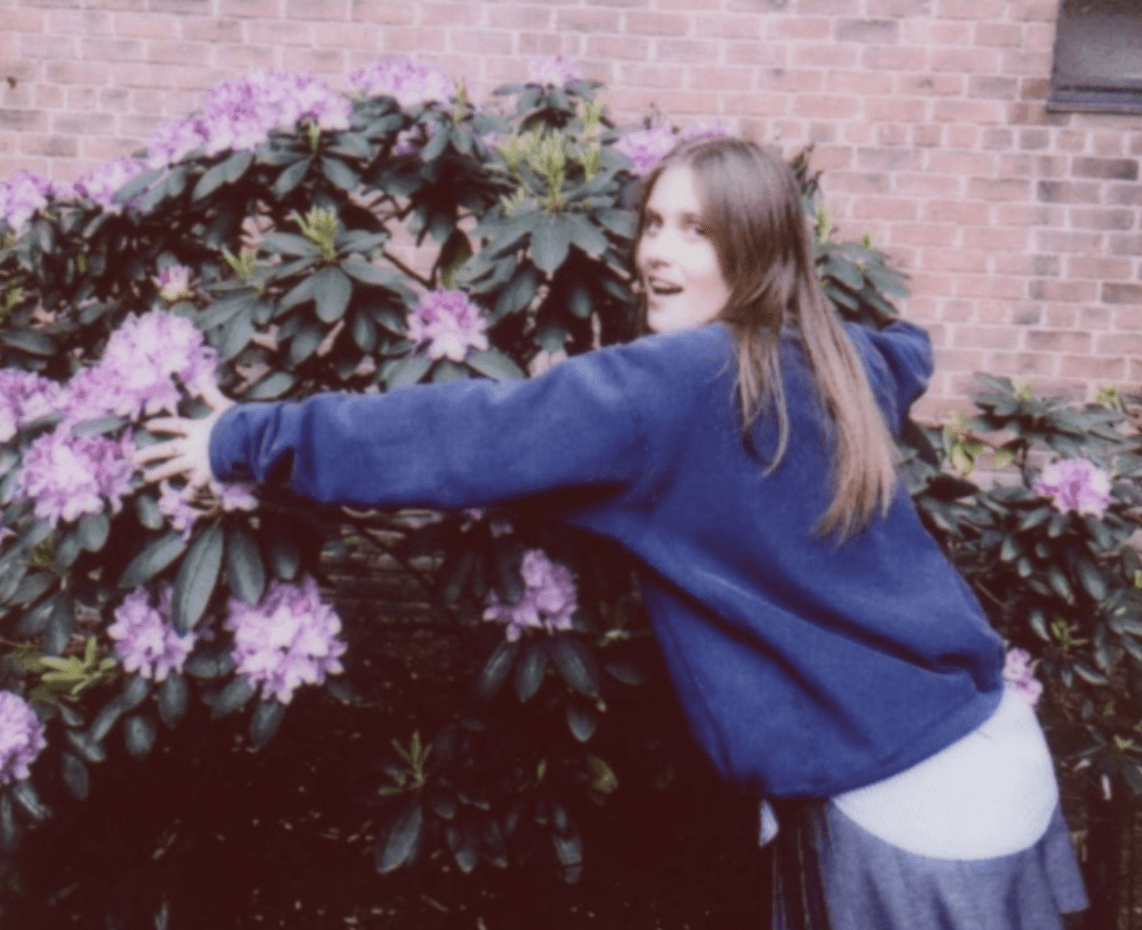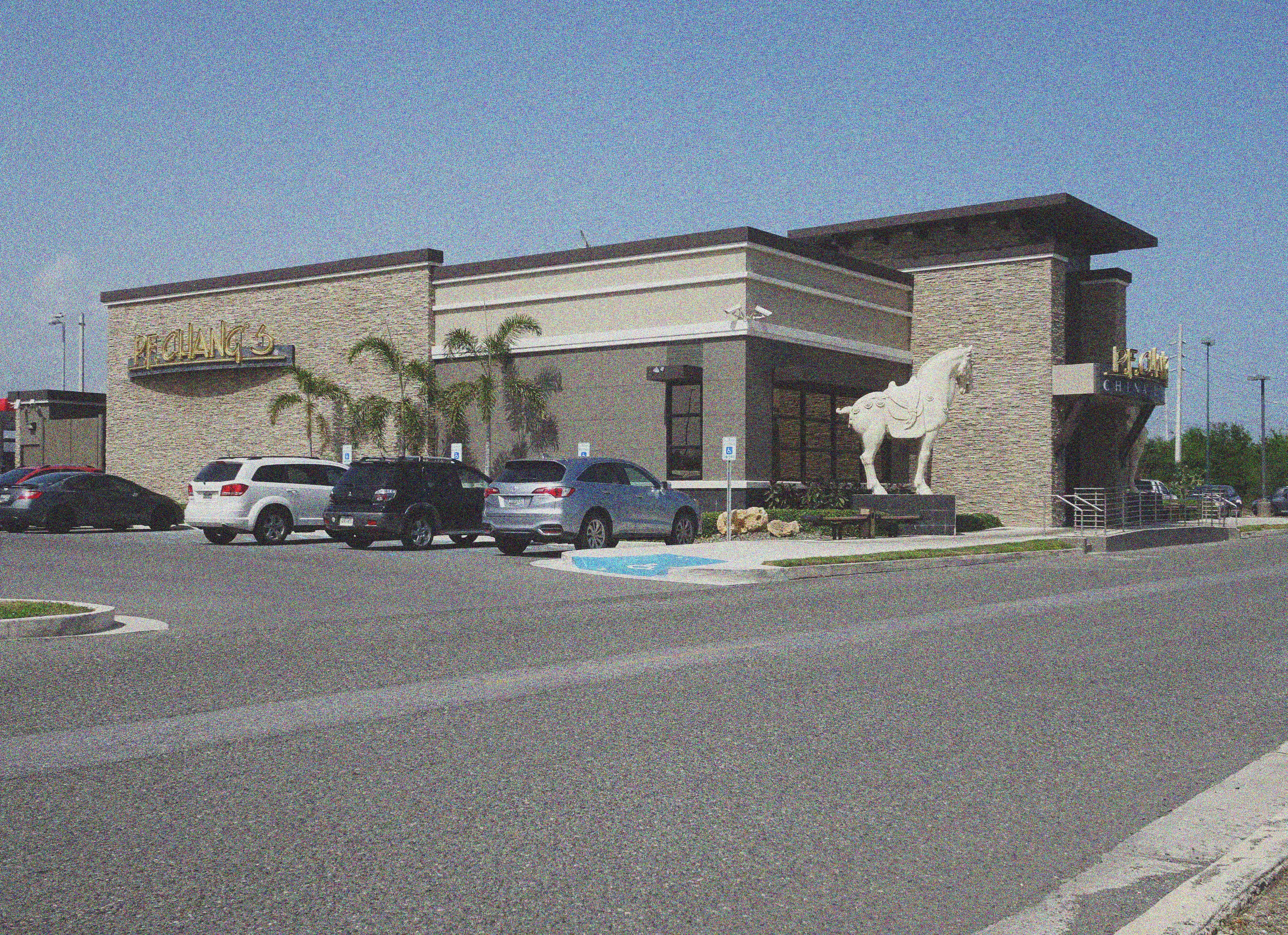
Danny Cole And His Technicolor Dreamscape
How one artist has created his own world, physically and digitally.
By Thomas J. Stanton
Photography by Zach Sokol
Published
Artist In Residence is a monthly featured artist. Each month, we profile an artist who creates original artwork for Byline's homepage. Just as we seek to give writers a byline, we seek to give artists space.
Danny Cole wants to share his world with you. Cole is a twenty-three-year-old multi-hyphenate artist and the visionary behind Creature World, an artistic infrastructure project of seemingly infinite permutations. “It’s a vibrant and colorful dreamworld,” explains Cole of his ever-evolving creation. He is fresh-faced and his hair is shorn whisker close. His “I Love My Haters” t-shirt is tucked tight into baggy jeans. He radiates with kinetic energy; this is both, I will learn, part of Cole’s inner workings and the effect of the buzzing atmosphere inside his Williamsburg duplex.
The space is adorned with Cole’s vibrant paintings, and during our conversation we are interrupted at various intervals by a team of what he calls “energetic young people.” These young people wait impatiently on the roof as Cole deliberates on all things Creature World, namely that it revolves more around an idea than it does a specific medium. He sums up the project’s lofty undertaking: “Its mission is to bring [a] world to life, in any way we can, so you can visit it. It’s the idea that you can hop on a spaceship and go to this magical universe.”

Inside Danny's self-made control center, a space beneath his lofted bed. Photo by Zach Sokol.
Cole began assembling his own spaceship as a finger-painting pre-schooler in the musty basement of a New Jersey church. His lungs have not allowed him to forget the dust of that cavernous space: “I’m on Albuterol to this day.” In this woodsy suburb, Cole started to play with art, but he did not focus on the nature surrounding him, rather he reflexively began with his own image. “I did self-portraits,” he explains. “I think that’s what every kid does. For me, it was the only thing I would draw. Over time, I gained a muscle memory. If you gave me a paint brush or a pencil or whatever, I could always do the self-portrait.”
Cole characterizes his childhood as solitary and his younger self as misunderstood. “I was very sheltered. I was in fifth grade when I realized that I had no friends, and when people were laughing, they were not laughing with me; they were, in fact, laughing at me.”
He found his own creative island, but also felt the long shadow of disconnection. “That was a huge pattern for me; where I’m doing something that I think is worthwhile and joyous and nurturing, but nobody is there next to me.”
Despite this, Cole continued to daydream and draw and look around for some sense of belonging. “The pictures became my way of communicating,” he says. “I’m doing these drawings and I’m passing them around the class and I’m constantly trying to bring people into this daydream of mine.”
Adolescence can be rough. Cole describes taking punches, both figurative and literal, rather than forging networks. He went back to the world in his head. “I have a very visual imagination. It’s the way I process information. I developed a bedtime routine. I would close my eyes and immediately my mind would start to populate the scenery. It always started with me floating in space. I would see objects and people from my life and imagination. I would explore these worlds. It became the place that felt most like home to me, this world of infinite possibility.” And thus the groundwork for Creature World was laid, a universe that just needed to be populated.

Danny's studio, a bright space flanked by yellow Umbo bookshelves that are filled with collected objects. Photo by Zach Sokol.
Around the time when Cole entered high school, he started to properly paint. He bought loads of canvases and lugged them into his bedroom. “I was in search of an escape, something to get lost in,” he says. “I decided that I was a painter. All of a sudden, fast forward through time, and my room is the most colorful place you have ever been. Every surface is stacked with massive canvases that looked like windows into this cartoon universe…a documentation of all these places that I have traveled to and found solace in.”
This generative phase still could not bring Cole a community outside of the imaginary. “There I was,” he says, “still alone in my room.”
Cole lived parts of this time in a creative blackout. His repeated self-portraits slowly became a character, something separate from himself. “At a certain point, [the self-portraits] no longer looked human,” Cole says. “It was just the creature that I draw.”

Danny with selected works. Photo by Zach Sokol.
Cole’s divided self, his creature, eventually crept across the walls of his first solo exhibition at Stephen Alexander’s Ghost Gallery in Manhattan. Cole was in his senior year of high school. His paintings depicted groups of the wavy, minimalist humanoid, sometimes overlapping in rigid portrait poses, and others standing near goopy drips of protoplasm. Cole found the experience of throwing a fine art show to be informative and exciting, but it didn’t teleport people to The Creature World as he had hoped it would. He needed something with more movement, more engagement.
After graduating in 2018, Cole moved to Williamsburg, a neighborhood that almost became its own sort of temporary island with the planned 15-month shutdown of the L Train. People vacated and prices took a downturn and Cole was able to snag a space. “I wanted to make this world I’ve been escaping to from my bedroom into a world we can all exist in,” he says of his mission at the time. “I knew that I couldn’t bring everyone there, but I thought if I could bring the world to the people, they would be able to cross the bridge and we could all be there together.”

It is during my conversation with Cole that I am reminded of the potential advertorial power of every connected thing; that everything is indeed a brand, and that the marketplace often carefully grafts itself onto the human imagination, for better or worse. Cole seems comfortable in this hyper-fluid space. “I think of advertising in a really positive way,” he says. “I think that advertising is a really great art form; it’s my favorite art form. Advertising is just communication with measurable impact. You don’t have to advertise commerce. You can advertise feelings or ideas.”
It is inevitable that we would come around to this subject; of branding and its strange relationship to art. Cole deals in tangible things, but he is anything but a traditionalist. He is a skilled painter but finds a single medium far too limiting. There is a logistical element to this as well. Outside of an ultra-wealthy few, it seems almost inevitable that a modern-day artist must be deft and work with the breakneck changes of the cultural landscape if they want to be able to survive; to do things like buy food and make rent, to live in cities. “It’s a difficult challenge to stay alive,” says Cole.
The artist must remain open if they want to keep up, and Cole is an open node. His art draws on the power of play and radical acceptance. He seems comfortable articulating the story of his younger self as if watching it like a movie, complete with an origin and an obstacle-ridden journey, and also as a person deeply immersed in it. It is probably because, for Cole, these vantage points seem intimately connected. He describes himself as if he is both a character in, and the controller of, his own destiny.

Cole bristles at being called simply an artist, with its rigid, categorical implications. “I know that I am [an artist], in terms of that’s how you describe this, but I’m like, ‘what is art? I make the Creature World. I’m a Creature World-er.’”
Cole describes the streets of New York when he first moved there as, for lack of a better term, his “ad space.” Even in a densely populated city, he still felt separated and needed a way to connect. “I just decided that…I’m just going to paint on the sidewalk,” he says. Cole’s pockets were filled with paint in those days. “I knew it wasn’t legal, so [at first] I wasn’t signing my name. But then I figured, ‘I’ve got nothing, so what are they going to take from me?’ So I started to sign my name. And then all of a sudden, I start getting hundreds of messages.”
Cole’s universe exploded. He took to throwing free immersive shows beginning with one in Chelsea in which he individually sat viewers down and “took them on a journey.” The shows became increasingly elaborate, involving plays within music shows within dance performances within art shows. “Everything is self-funded,” Cole explains, though says that the margins are extremely tight. “I am willing to take the risk because I don’t see anything else that I’m willing to live for.”

Danny's desk. Photo by Zach Sokol.
Then came the pandemic, and screens proliferated. The world of the creature, with its bulging, curious eyes, worked its way onto these screens as Cole experimented with digital art. “I was looking for a replacement for the immersive experiences,” he says. “Anything I can dream up, I can make exist on a computer screen.” He made personalized creatures and set out to design “paintings people could climb into.” He sold thousands of digital pieces in a matter of minutes.
“We came out with the digital art collection and all of a sudden we had an overnight hit,” says Cole. “This dream of everyone having their very own creature became a reality. There wasn’t really a craze around NFTs [at that point].” Once NFTs were better defined, Cole says that he rejected the financial speculation mold. “Creature World has always been an art project. [For us,] it was about sharing art and the ability to experience the creations we make.” Cole describes Creature World as an outlier in its role in the world of digital collectibles. “We have delivered one of the only [NFT] products that truly is intended to be creative in nature.”
Cole points to two digital projects in particular, Creature Playground and The Traveling Creature, as examples of Creature World’s dedication to creating communal art that relies heavily on interaction between people. “The Creature World artworks are a matter of immersion,” he says. “We want to reach people, point blank.”
From there, Creature World got bigger and more multi-faceted: from fine art to exhibitions to immersive shows to technology. Cole now has a team of around fifteen people that work on the projects with him every day. They recently ventured into the fashion space with Creature World’s first clothing collection, Migration, unveiled during New York Fashion Week. Cole and team outfitted the launch party with 10-foot-high immersive sculptures. “You could see the clothes presented from within the Creature World and look into different portals,” explains Cole.
“There has been this grand proliferation. Fine art is usually this very inaccessible thing. I’ll spend two months making a painting that only one person can have on their private wall. But the mediums we’ve gravitated towards the most have been about putting [the art] in the lives of the most people possible.”
Cole occasionally rolls out a monumentally-scaled piece in real life, perhaps not legally. In 2021, he and a few other artists draped a painting over the first “O” of the Hollywood sign in Los Angeles. He now reveals plans to drive a crane in the middle of the night with a thousand pound, twelve-foot-tall sculpture of a creature and place it in front of The Shed in New York’s Hudson Yards. “Maybe I’ll be in jail when this comes out.” Cole laughs. “Or maybe they’ll love it and it’ll stay put. I’ll tell you this, it’ll be really hard to take down.”

A vibrant room, representative of the inside of Danny's mind. Photo by Zach Sokol.
Cole and his Creature World continue to expand and augment, as a matter of both preference and necessity. “The way that I paint is repetitive motion,” he says. “It is such a pure form of existence for someone like me who isn’t able to sit still. I’m not able to meditate, but if I can have some way of applying myself actively without conscious intervention it allows my consciousness to float and discover whatever there is to discover.”
Artists are on this Earth to have visions, and Cole has plenty. He is planning on going back to his roots with an upcoming gallery exhibition. He is working with his team on a TV show. He mentions plans for a video game and for toys. “I’m talking about every medium,” he enthuses. Cole wants this journey to be both specific and universal simultaneously, like telling the story of something that looks a little like all of us, something that knows no bounds; a creature.
